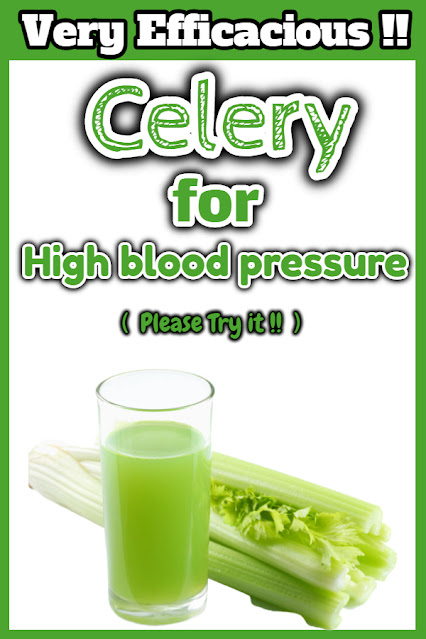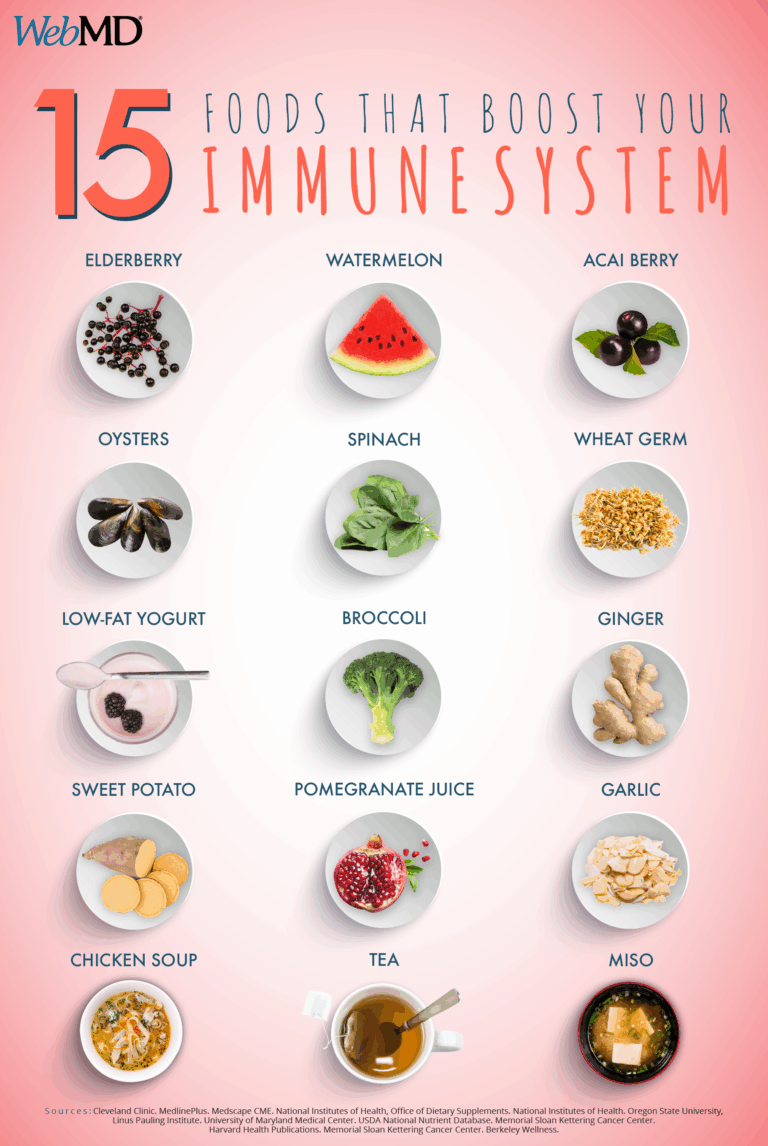The Blood Pressure Secret: Unlocking Celery’s Cardiovascular Benefits
The Silent Epidemic and the Quest for Natural Solutions
In the relentless march of modern life, few health challenges loom as pervasively and silently as hypertension, or high blood pressure. Often dubbed the "silent killer," it shows no overt symptoms in its early stages, yet relentlessly damages arteries, strains the heart, and dramatically increases the risk of heart attack, stroke, kidney disease, and even dementia. Millions worldwide grapple with its shadow, navigating a landscape of medication, lifestyle changes, and the constant search for effective, natural allies in their fight for cardiovascular wellness.
Amidst this urgent quest, a humble, crunchy green stalk has been quietly gaining recognition – not as a miracle cure, but as a potent, scientifically supported food with remarkable potential: celery. For centuries, it adorned ancient tables and traditional medicine chests, revered for its general health benefits. Now, modern science is peeling back the layers of its unassuming exterior, revealing a treasure trove of compounds that hold a profound secret for blood pressure management and overall cardiovascular health. This isn’t just about a fleeting trend; it’s about understanding a deep, complex interplay of biochemistry that makes celery a compelling cornerstone in a heart-healthy lifestyle.
From Ancient Reverence to Modern Revelation: Celery’s Enduring Legacy
The story of celery (Apium graveolens) is as old as civilization itself. Tracing its lineage back to the Mediterranean and North Africa, wild celery was initially valued for its medicinal properties rather than its culinary appeal. Ancient Egyptians used it in funeral rituals, while the Greeks and Romans recognized its therapeutic potential, deploying it for ailments ranging from insomnia to digestive issues. Hippocrates, the father of medicine, is said to have prescribed celery for nervousness.
Over millennia, through selective cultivation, the bitter, fibrous wild plant evolved into the crisp, palatable stalks we know today. Yet, even as its culinary star rose, its medicinal reputation persisted in various folk traditions. It was a diuretic, a digestive aid, and notably, a tonic for "blood conditions." These historical whispers, often dismissed as anecdotal, now resonate with surprising clarity in the light of contemporary scientific inquiry. Modern research, armed with sophisticated analytical tools, is not just validating these ancient intuitions but is meticulously dissecting the exact mechanisms by which celery exerts its profound cardiovascular effects.
The Science of Serenity: Decoding Celery’s Power
The true "secret" of celery lies not in a single magical bullet, but in a synergistic symphony of bioactive compounds working in concert. It’s a testament to nature’s intricate pharmacy, where multiple elements combine to produce an effect greater than the sum of their individual parts.
1. 3-n-Butylphthalide (3nB): The Star Compound
At the heart of celery’s blood pressure-lowering prowess is a unique compound called 3-n-Butylphthalide, often abbreviated as 3nB. This organic compound, responsible for celery’s characteristic aroma and flavor, has been the subject of significant scientific interest.
Mechanism of Action: 3nB primarily acts as a smooth muscle relaxant. Arteries and arterioles, the smaller blood vessels that control blood flow, have layers of smooth muscle in their walls. When these muscles constrict, blood vessel diameter shrinks, increasing resistance to blood flow and consequently raising blood pressure. 3nB helps these smooth muscles relax, leading to vasodilation (widening of blood vessels). This relaxation reduces peripheral resistance, allowing blood to flow more freely and decreasing the pressure exerted on arterial walls.
Furthermore, studies suggest that 3nB may also influence the body’s production of prostaglandins, lipid compounds that have hormone-like effects, including regulating inflammation and blood vessel tone. By modulating these pathways, 3nB contributes to a more relaxed vascular system. Beyond blood pressure, preliminary research indicates that 3nB might possess neuroprotective qualities, potentially benefiting brain health and cognitive function, adding another layer to celery’s multifaceted appeal.
2. Dietary Nitrates: The Nitric Oxide Pathway
Celery is an excellent source of naturally occurring dietary nitrates. While the term "nitrate" often conjures negative connotations due to its association with processed meats, nitrates from plant sources behave very differently in the body and are, in fact, incredibly beneficial for cardiovascular health.
Mechanism of Action: When you consume celery, the nitrates are absorbed into the bloodstream. A significant portion then undergoes a crucial transformation: commensal bacteria in the mouth reduce nitrates to nitrites. These nitrites are then further reduced, particularly in acidic environments like the stomach or in oxygen-poor tissues, into nitric oxide (NO).
Nitric oxide is a potent signaling molecule and a crucial vasodilator. It acts on the smooth muscle cells of blood vessels, triggering their relaxation and subsequent widening. This process is essential for maintaining healthy blood flow and blood pressure. Adequate NO production is critical for endothelial function – the health and proper functioning of the inner lining of blood vessels. Impaired endothelial function is an early hallmark of cardiovascular disease, contributing to atherosclerosis and hypertension. By supplying the raw material for NO synthesis, celery directly supports optimal vascular health.
3. Potassium: The Sodium Antagonist
Potassium is an essential mineral and electrolyte that plays a pivotal role in maintaining fluid balance and electrical signaling within the body. Celery is a good source of potassium, contributing significantly to its blood pressure-lowering effects.
Mechanism of Action: The body meticulously balances sodium and potassium levels, particularly within and around cells. Sodium tends to draw water, and excessive sodium intake leads to increased fluid volume in the bloodstream, which elevates blood pressure. Potassium, on the other hand, helps to counteract the effects of sodium. It promotes the excretion of sodium through urine and helps relax blood vessel walls.
A diet rich in potassium and low in sodium is a cornerstone of the DASH (Dietary Approaches to Stop Hypertension) diet, which has been proven to significantly lower blood pressure. Celery, with its favorable potassium-to-sodium ratio (it contains some sodium naturally, but much more potassium), aligns perfectly with this dietary strategy, helping to restore electrolyte balance and support healthy blood pressure.
4. Fiber: More Than Just Roughage
While not directly involved in vasodilation, the high fiber content of celery contributes significantly to overall cardiovascular health, which indirectly supports blood pressure management. Celery contains both soluble and insoluble fiber.
Mechanism of Action:
- Soluble fiber forms a gel-like substance in the digestive tract, which can bind to cholesterol and bile acids, preventing their reabsorption and leading to lower LDL ("bad") cholesterol levels. High cholesterol is a risk factor for atherosclerosis, which stiffens arteries and contributes to hypertension.
- Insoluble fiber adds bulk to stool, promoting regular bowel movements and aiding in detoxification. A healthy digestive system and gut microbiome are increasingly recognized as vital for overall metabolic and cardiovascular health. Furthermore, fiber contributes to satiety, helping with weight management, another critical factor in blood pressure control.
5. Antioxidants and Anti-inflammatory Compounds
Celery is a rich source of various antioxidants and anti-inflammatory phytonutrients, including flavonoids like apigenin and luteolin, as well as phenolic acids.
Mechanism of Action:
- Antioxidants combat oxidative stress, a process where unstable molecules called free radicals damage cells and tissues, including the delicate lining of blood vessels (endothelium). Oxidative stress contributes to inflammation and the development of atherosclerosis, directly impacting blood pressure regulation. By neutralizing free radicals, celery’s antioxidants protect vascular integrity.
- Anti-inflammatory compounds directly reduce chronic low-grade inflammation, another key driver of cardiovascular disease. Inflammation contributes to arterial stiffness and endothelial dysfunction, both of which exacerbate hypertension. Apigenin, in particular, has been studied for its potent anti-inflammatory effects and its potential to inhibit certain enzymes involved in inflammatory pathways.
6. Vitamins and Minerals
Beyond the headline compounds, celery provides a spectrum of essential vitamins and minerals that collectively support cardiovascular health:
- Vitamin K: Crucial for blood clotting and bone health, but also plays a role in preventing arterial calcification, which can stiffen arteries and contribute to high blood pressure.
- Vitamin C: A powerful antioxidant that supports collagen formation (essential for healthy blood vessel structure) and contributes to endothelial health.
- Folate (Vitamin B9): Important for homocysteine metabolism. Elevated homocysteine levels are associated with increased risk of cardiovascular disease.
- Magnesium and Calcium: These minerals are vital for muscle function, including the smooth muscles of blood vessels, and play a role in nerve transmission and blood pressure regulation.
Beyond Blood Pressure: A Symphony of Benefits
While its role in blood pressure management is compelling, celery’s health benefits extend far beyond the vascular system, painting a picture of a truly holistic health food.
- Cholesterol Management: As mentioned, its fiber content, particularly soluble fiber, helps reduce LDL cholesterol levels. Antioxidants also play a role in preventing the oxidation of LDL cholesterol, a critical step in the formation of arterial plaque.
- Inflammation Reduction: The rich array of flavonoids and phenolic acids makes celery a powerful anti-inflammatory food. Chronic inflammation is a root cause of many diseases, including arthritis, metabolic syndrome, and various cancers.
- Gut Health: The fiber acts as a prebiotic, feeding beneficial gut bacteria, which in turn produce short-chain fatty acids beneficial for gut barrier integrity and overall immune function. A healthy gut microbiome is increasingly linked to improved cardiovascular and metabolic health.
- Weight Management: Celery is incredibly low in calories (around 10 calories per stalk) and high in water content and fiber. This makes it an excellent choice for promoting satiety and reducing overall caloric intake, a crucial aspect of managing weight and, consequently, blood pressure.
- Hydration: With over 95% water content, celery is a fantastic way to stay hydrated, supporting kidney function and overall bodily processes.
- Diuretic Properties: The combination of high water content and potassium gives celery mild natural diuretic properties, helping to reduce excess fluid retention, which can be beneficial for some individuals with hypertension.
Integrating Celery into Your Life: Practical Pathways to Wellness
Unlocking celery’s cardiovascular benefits doesn’t require drastic measures or exotic preparations. Its versatility makes it easy to incorporate into daily routines.
1. The Whole Stalk: Simple and Effective
Eating whole celery stalks is perhaps the most straightforward and beneficial method, as it preserves all the fiber and phytonutrients.
- Snacking: Pair it with hummus, almond butter, or a healthy dip for a satisfying, crunchy snack.
- Salads: Chop it into green salads, tuna salads, or chicken salads for added crunch and nutrients.
- Stir-fries and Soups: Add chopped celery to stir-fries, stews, and soups. Its subtle flavor complements many dishes.
- Juicing and Smoothies: While juicing removes fiber (which has its own benefits), it concentrates the other bioactive compounds like 3nB and nitrates. A daily glass of fresh celery juice has gained immense popularity for its purported health benefits, including blood pressure reduction. If juicing, consider blending it with other vegetables or fruits to balance the flavor. For smoothies, blend whole celery with fruits, leafy greens, and a liquid base to retain all the fiber.
2. Celery Seed and Extracts: A Concentrated Approach
Celery seeds, often used as a spice, are also a concentrated source of the beneficial compounds found in the stalks, particularly 3nB.
- Culinary Use: Celery seeds can be added to bread, soups, stews, or used as a seasoning.
- Supplements: Celery seed extract is available in supplement form. These extracts are often standardized to contain a certain percentage of 3nB. For individuals seeking a more targeted approach, or those who dislike the taste of celery, supplements can be an option. However, it’s crucial to choose reputable brands and consult with a healthcare professional before starting any new supplement regimen, especially if on medication.
3. Dosage and Consistency
While there’s no universally prescribed "dose" for celery, consistency is key. Regular consumption, whether it’s a few stalks daily, a glass of juice, or a supplement, is more likely to yield sustained benefits than sporadic intake. Many studies on celery’s effects use quantities equivalent to about four stalks daily.
Important Considerations and Caveats
While celery is largely safe and beneficial for most people, there are a few important considerations:
- Not a Substitute for Medication: Celery, or any single food, is not a magic bullet and should never be used as a substitute for prescribed blood pressure medication without consulting a doctor. It is a complementary strategy within a comprehensive health plan.
- Medication Interactions:
- Diuretics: Celery has mild diuretic properties. If you are already on diuretic medication, consuming large amounts of celery might enhance this effect, potentially leading to excessive fluid loss or electrolyte imbalances.
- Blood Thinners (e.g., Warfarin): Celery is a good source of Vitamin K, which plays a role in blood clotting. Large, consistent intake of Vitamin K-rich foods can potentially interfere with the effectiveness of blood-thinning medications. Individuals on such medications should discuss their celery intake with their doctor.
- Allergies: Celery is a known allergen for some individuals, particularly those sensitive to birch pollen or mugwort. Allergic reactions can range from mild oral allergy syndrome to severe anaphylaxis.
- Pesticide Residues: Celery is often listed on the "Dirty Dozen" list of produce with high pesticide residues. Opting for organic celery whenever possible is recommended to minimize exposure to harmful chemicals.
- Sodium Content: While its potassium content is high, celery does contain a small amount of natural sodium. Celery salt, however, is a different product (often made from ground celery seeds and salt) and should be used sparingly by those monitoring sodium intake.
The Bigger Picture: Celery as a Cornerstone, Not a Crutch
The story of celery’s cardiovascular benefits is a powerful reminder that true wellness is multifaceted. It underscores the profound impact that whole, unprocessed foods can have on our health. Celery isn’t a standalone solution; it’s a vital component of a larger strategy that includes:
- A Balanced Diet: Emphasizing fruits, vegetables, whole grains, lean proteins, and healthy fats, such as the Mediterranean or DASH diets.
- Regular Physical Activity: Exercise is a cornerstone of heart health, directly lowering blood pressure, improving cholesterol profiles, and aiding weight management.
- Stress Management: Chronic stress elevates blood pressure. Techniques like meditation, yoga, mindfulness, and adequate sleep are crucial.
- Adequate Sleep: Poor sleep quality and duration are linked to higher blood pressure and increased cardiovascular risk.
- Limiting Processed Foods, Added Sugars, and Excessive Sodium: These dietary culprits contribute significantly to hypertension and other chronic diseases.
By integrating celery into a lifestyle that embraces these principles, individuals can empower themselves to take proactive steps towards better cardiovascular health. It’s about harnessing nature’s wisdom, supported by scientific understanding, to cultivate a healthier, more vibrant life.
Conclusion: Unlocking Nature’s Pharmacy, One Stalk at a Time
The journey into "The Blood Pressure Secret" reveals celery to be far more than just a crunchy, hydrating snack. It stands as a testament to the intricate and powerful chemistry hidden within nature’s bounty. From the vasodilating action of 3nB and the nitric oxide-boosting nitrates to its rich potassium content and array of antioxidants and fiber, celery offers a compelling, evidence-backed arsenal in the fight against hypertension and for overall cardiovascular wellness.
Its ancient reputation, once rooted in intuition, is now affirmed by modern science, bridging the gap between traditional wisdom and contemporary understanding. While it’s not a panacea, celery is a potent, accessible, and delicious ally. By thoughtfully incorporating this unassuming green stalk into our daily lives, we can unlock a profound secret, supporting our hearts, nurturing our blood vessels, and taking a significant step towards a future of robust health – one crisp, beneficial bite at a time. The secret, it turns out, was always there, waiting patiently to be rediscovered and celebrated.







